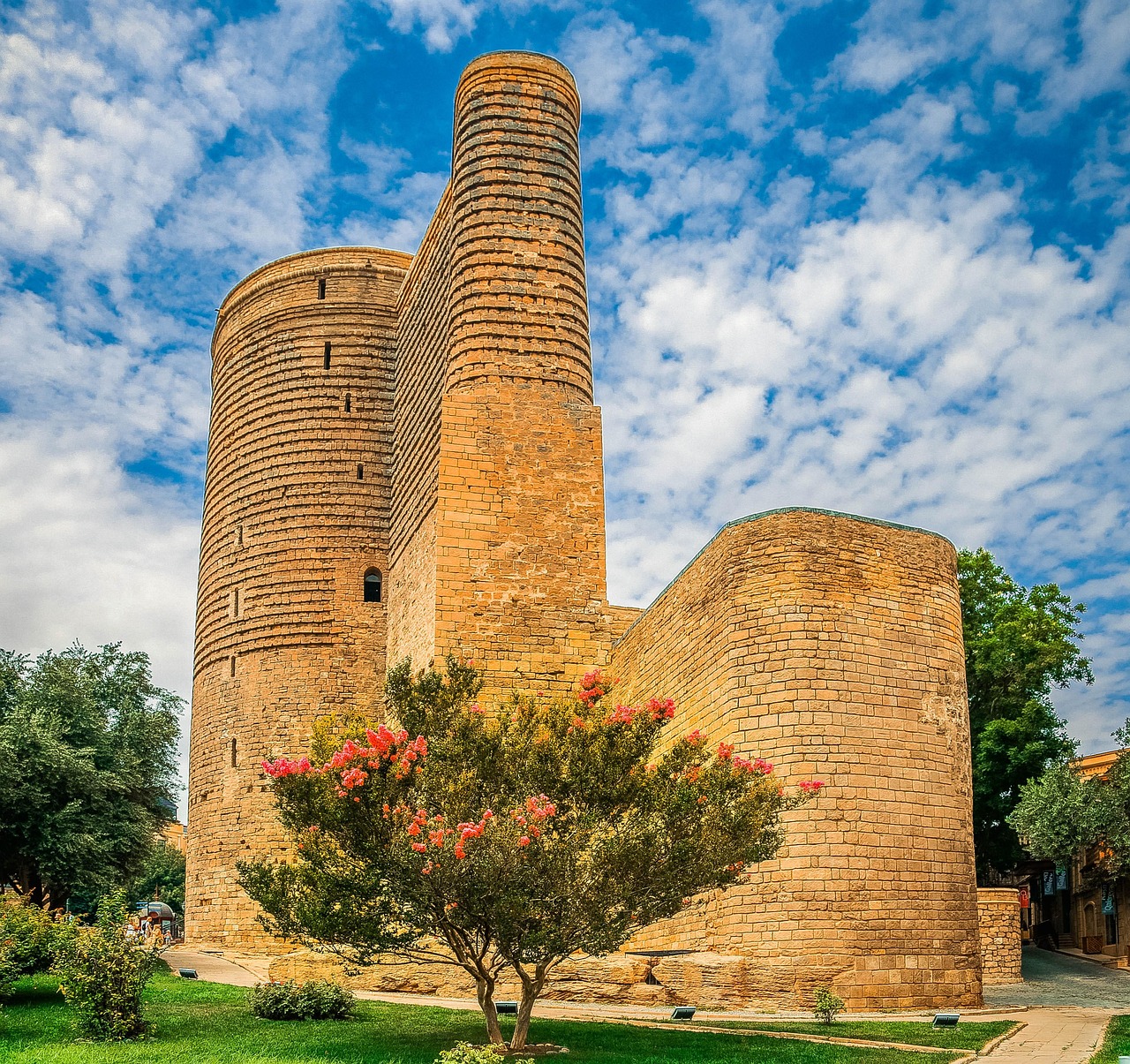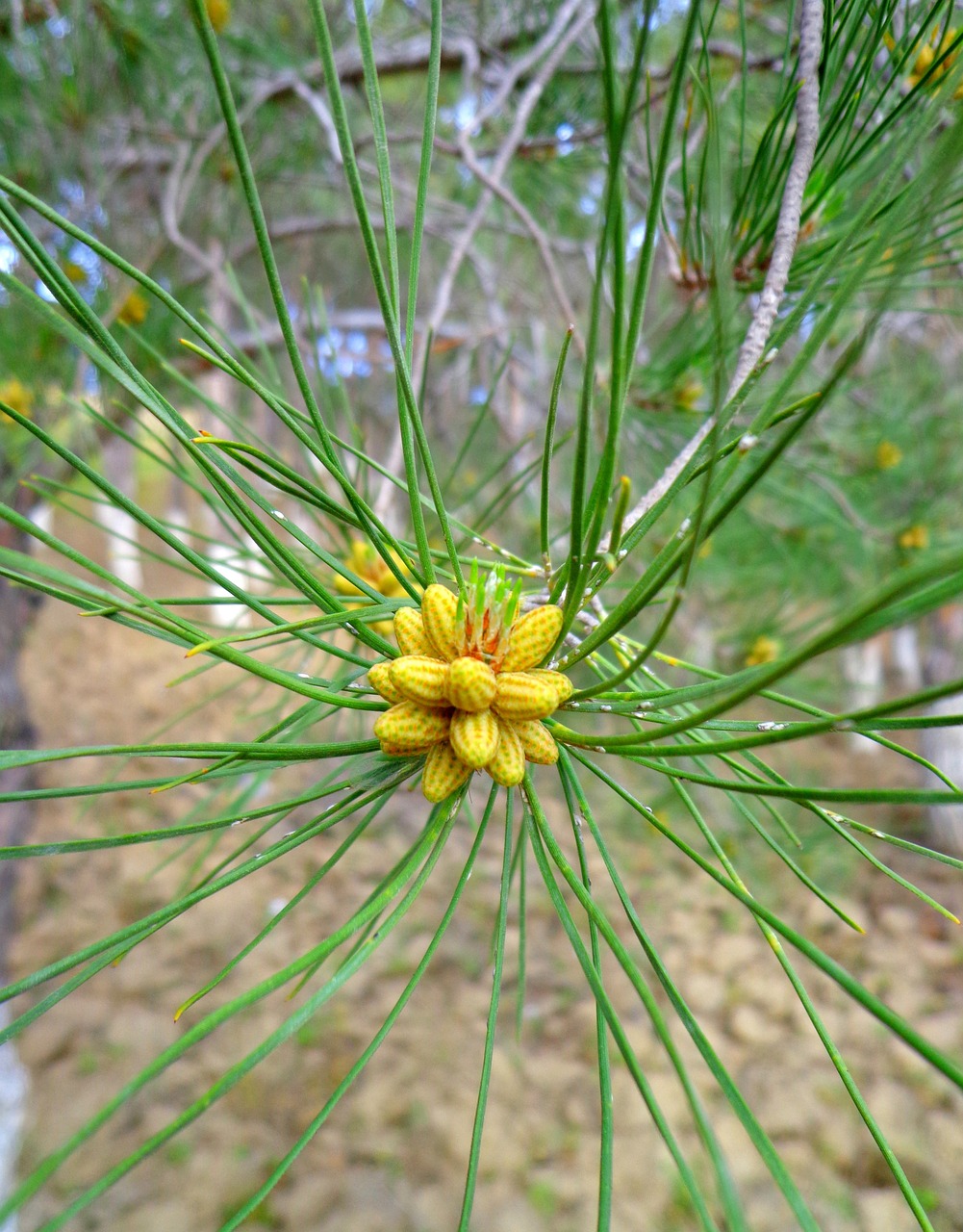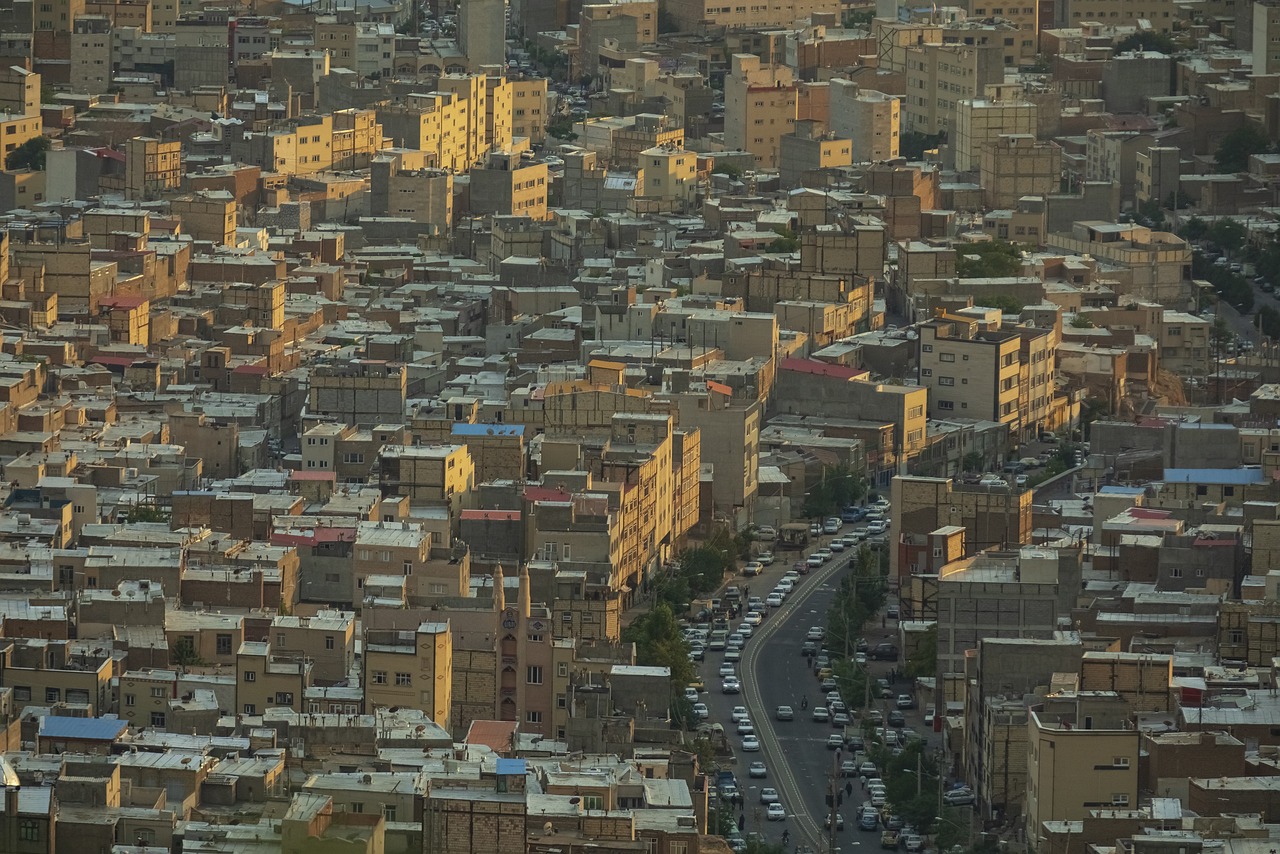Azerbaijan Video
Exploring Local Arts and Hobbies in Azerbaijan
Azerbaijan, a country located at the crossroads of Eastern Europe and Western Asia, is known for its rich cultural heritage and vibrant arts scene. From traditional crafts to contemporary art exhibitions, Azerbaijan offers a wide range of artistic expressions that reflect its diverse history and cultural influences. In this article, we will explore various local arts and hobbies in Azerbaijan, providing you with a glimpse into the creative spirit of the country.
Azerbaijani Carpets
Azerbaijani carpets are renowned worldwide for their intricate designs and craftsmanship. These carpets are not just decorative items but also carry cultural and historical significance. Made using traditional techniques passed down through generations, Azerbaijani carpets often feature geometric patterns, floral motifs, and vibrant colors. They are woven using natural materials such as wool, silk, and cotton, and each region in Azerbaijan has its distinct carpet weaving style. Some notable types of Azerbaijani carpets include Guba, Shirvan, and Karabakh carpets.
- Guba Carpets: Originating from the Guba region, these carpets are known for their bold colors and geometric patterns. They often feature intricate motifs inspired by nature, such as flowers, trees, and animals.
- Shirvan Carpets: Hailing from the Shirvan region, these carpets are characterized by their intricate designs and rich color palettes. They often incorporate motifs inspired by ancient symbols and cultural traditions.
- Karabakh Carpets: Karabakh carpets, originating from the Karabakh region, are known for their unique combination of geometric and floral patterns. They often feature vibrant colors and intricate detailing.
Azerbaijani Mugham Music
Mugham is a traditional form of Azerbaijani music that combines vocal and instrumental elements. It is considered one of the oldest musical genres in the country and has been recognized by UNESCO as an Intangible Cultural Heritage of Humanity. Mugham is characterized by improvisation, intricate melodies, and emotional depth. The music reflects the diverse cultural influences in Azerbaijan, including Persian, Turkish, and Arabic traditions. Mugham performances often feature skilled vocalists accompanied by traditional instruments such as the tar (long-necked lute), kamancheh (spike fiddle), and daf (frame drum).
- Mugham Modes: Mugham music is based on a system of modes called “mugham modes.” Each mode has its own specific melodic structure and emotional associations. Some of the commonly recognized mugham modes include Rast, Shur, and Segah.
- Performance Styles: Mugham performances can take various forms, ranging from solo performances to ensemble performances. The improvisational nature of mugham allows musicians to showcase their virtuosity and creativity.
- Mugham Festivals: Azerbaijan hosts several mugham festivals throughout the year, where musicians and enthusiasts gather to celebrate this rich musical tradition. These festivals provide opportunities to experience live performances and engage with the local music community.
Azerbaijani Miniature Painting
Azerbaijani miniature painting is a traditional art form that dates back centuries. It involves the creation of intricate and detailed paintings on small-scale surfaces such as manuscripts, book covers, and decorative objects. Azerbaijani miniatures often depict scenes from literature, history, and daily life, showcasing the skill and creativity of the artists. The paintings are characterized by their vibrant colors, intricate patterns, and attention to detail.
- Themes and Subjects: Azerbaijani miniatures cover a wide range of themes, including epic stories, love tales, and religious narratives. They often depict courtly scenes, mythical creatures, and architectural landmarks.
- Materials and Techniques: Miniature paintings are created using natural pigments, gold leaf, and fine brushes. Artists employ meticulous techniques such as layering, stippling, and fine line work to achieve intricate details.
- Contemporary Adaptations: While traditional miniature painting techniques are still practiced, contemporary artists in Azerbaijan also experiment with new styles and subjects, blending traditional and modern influences.
Azerbaijani National Dance
Azerbaijani national dance is an integral part of the country’s cultural heritage. These traditional dances are characterized by their energetic movements, vibrant costumes, and rhythmic music. Each region in Azerbaijan has its unique dance styles and traditions, showcasing the diversity of the country’s cultural landscape. Azerbaijani national dances often depict themes of love, celebration, and storytelling.
- Yalli Dance: Yalli is a popular group dance performed during festive occasions. It involves synchronized movements, hand-clapping, and lively music. Yalli dances are known for their exuberance and joyful atmosphere.
- Khanchobany Dance: Khanchobany is a traditional solo dance originating from the Khachmaz region. It is characterized by graceful movements, intricate footwork, and expressive gestures. Khanchobany dances often convey emotions and narratives through the dancer’s performance.
- Lezginka Dance: Lezginka is a dynamic and acrobatic dance style performed by both men and women. It features rapid spins, high kicks, and leaps, showcasing the dancers’ strength and agility.
Azerbaijan Image 1:

Azerbaijani Traditional Crafts
Azerbaijan has a rich tradition of handicrafts, with artisans specializing in various crafts passed down through generations. These crafts include pottery, metalwork, wood carving, and embroidery. Traditional craft techniques are preserved and celebrated, providing visitors with an opportunity to witness the skill and creativity of Azerbaijani artisans.
- Azerbaijani Pottery: Azerbaijani pottery is known for its intricate designs and vibrant colors. Artisans create pottery using traditional techniques such as wheel throwing and hand painting. Decorative motifs often include floral patterns, geometric shapes, and traditional symbols.
- Azerbaijani Metalwork: Metalwork is another prominent craft in Azerbaijan, with artisans specializing in creating intricate designs using copper, silver, and brass. Traditional metalwork techniques include engraving, filigree, and chasing.
- Azerbaijani Embroidery: Embroidery plays a significant role in Azerbaijani textile traditions. Skilled artisans create intricate patterns using various stitching techniques and vibrant threads. Embroidered textiles are often used for clothing, home decor, and ceremonial purposes.
Azerbaijan Image 2:

Azerbaijani Contemporary Art
Azerbaijan’s contemporary art scene has been thriving in recent years, with numerous galleries, art centers, and exhibitions showcasing the works of local and international artists. Contemporary art in Azerbaijan encompasses various mediums, including painting, sculpture, installation art, and multimedia.
- Art Galleries: Baku, the capital city of Azerbaijan, is home to numerous art galleries that exhibit contemporary artworks. These galleries provide a platform for emerging and established artists to showcase their creations.
- Public Art Installations: Azerbaijan’s cities feature several public art installations, adding vibrancy and creativity to urban spaces. These installations often reflect social and cultural themes, engaging with the local community.
- Art Festivals: Azerbaijan hosts art festivals and events throughout the year, bringing together artists, curators, and art enthusiasts. These festivals provide opportunities to explore the diverse artistic expressions in the country.
Azerbaijani Cuisine
Azerbaijani cuisine is a reflection of the country’s rich culinary heritage, blending flavors and influences from the Caucasus, Middle East, and Central Asia. Traditional Azerbaijani dishes often feature ingredients such as lamb, rice, herbs, and spices, resulting in flavorful and aromatic meals.
- Pilaf: Azerbaijani pilaf, known as “plov,” is a popular rice dish cooked with aromatic spices, meat, and vegetables. It is often served as a centerpiece during festive occasions.
- Dolma: Dolma is a traditional dish made of stuffed vegetables such as grape leaves, bell peppers, and eggplants. The filling typically consists of rice, minced meat, herbs, and spices.
- Baklava: Azerbaijani baklava is a sweet pastry made of layers of filo dough filled with nuts and sweetened with honey or syrup. It is a popular dessert enjoyed during special occasions.
Azerbaijan Image 3:

Azerbaijani Traditional Music Instruments
Azerbaijani traditional music is often accompanied by a variety of unique musical instruments that add depth and richness to the compositions. These instruments range from stringed instruments to percussion and wind instruments.
- Tar: The tar is a long-necked plucked lute with a pear-shaped body. It is one of the most iconic musical instruments in Azerbaijan and is often associated with classical and folk music.
- Kamancha: The kamancha is a bow-stringed spike fiddle with a resonating body made of wood or metal. It is played with a bow and is known for its expressive and melodic qualities.
- Naghara: The naghara is a large double-headed drum played with sticks. It provides rhythmic accompaniment to various traditional Azerbaijani music genres.
Azerbaijani Traditional Clothes
Azerbaijani traditional clothing reflects the cultural diversity and historical influences in the country. Traditional garments are often adorned with intricate embroidery and feature distinctive cuts and designs.
- Chokha: The chokha is a traditional male outfit consisting of a long coat, wide trousers, and a waistband. It is often made of richly colored silk or velvet and is worn during special occasions and ceremonies.
- Arakhchin: The arakhchin is a traditional headdress worn by both men and women. It is often made of silk and features intricate embroidery and embellishments.
- Kelaghayi: The kelaghayi is a traditional headscarf worn by Azerbaijani women. It is made of silk and comes in various colors and patterns, symbolizing different regions and traditions.
Conclusion
Azerbaijan’s arts and hobbies offer a window into the country’s rich cultural heritage and creative spirit. Whether exploring the intricate designs of Azerbaijani carpets, immersing oneself in the soulful melodies of mugham music, or witnessing the skill of traditional craftsmen, Azerbaijan provides a diverse range of artistic experiences. From traditional forms to contemporary expressions, the arts in Azerbaijan continue to evolve and captivate audiences. By delving into the local arts and hobbies, visitors can gain a deeper appreciation for the country’s cultural tapestry and artistic legacy.
References
- azerbaijan.travel
- azerbaijanrugs.com
- unesco.org
- azembassy.org.uk
- azerbaijanmusic.az
- azerbaijanmanat.az
- bakuproduction.com
- bakucitylife.com
- azculture.az
- azerbaijan.travel


